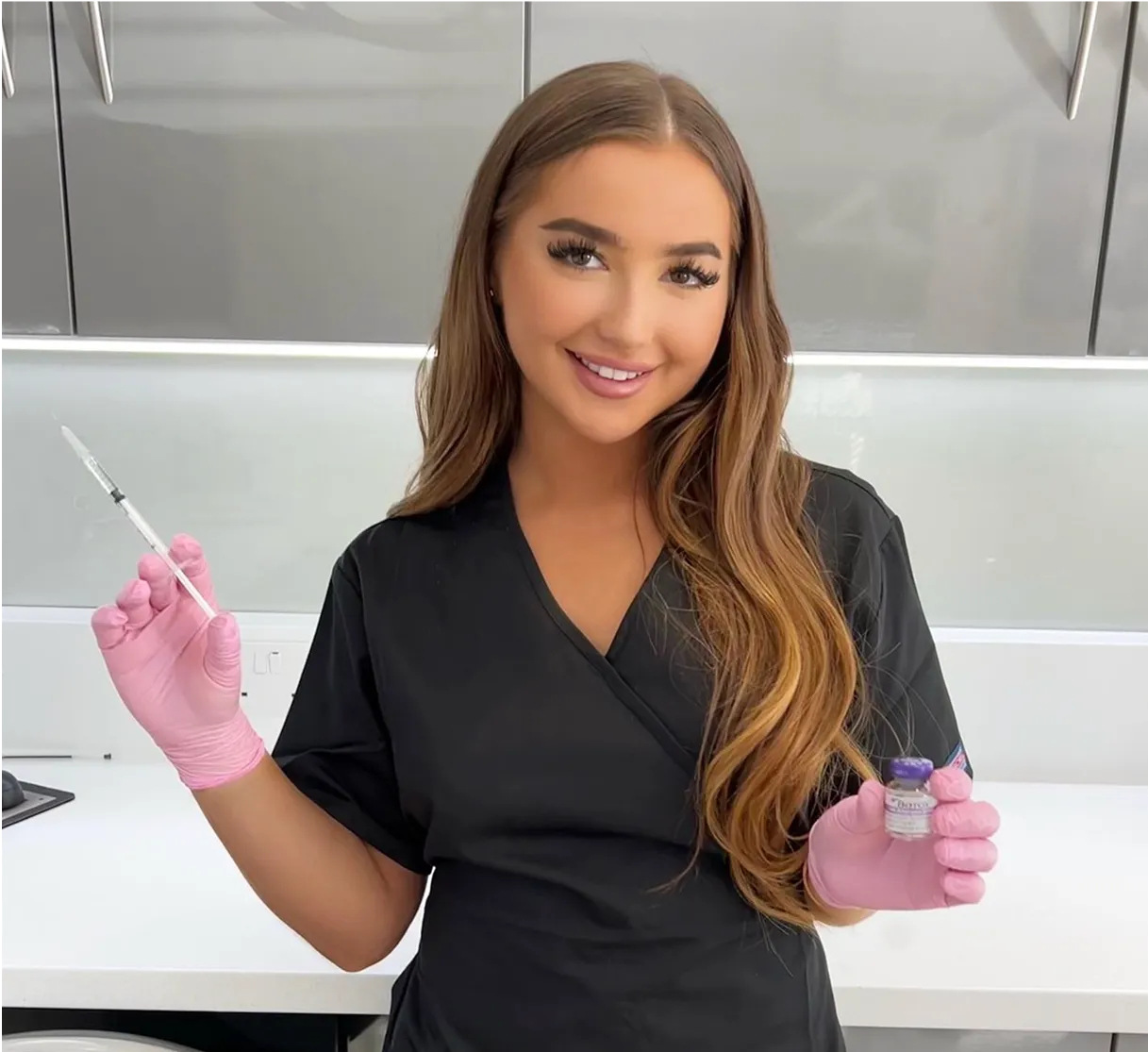Chemical peels are one of the most effective skin treatments for improving texture, reducing pigmentation, and achieving an overall glow. They work by removing the outermost layers of dead skin, stimulating cell turnover, and promoting the growth of fresh, healthier skin.
Whether you're looking to tackle acne scars, fine lines, or dullness, chemical peels can provide customisable results tailored to your skin type and concerns.
What Are Chemical Peels?
A chemical peel is a skin resurfacing procedure that uses a solution of acids to exfoliate and remove damaged skin cells. The strength and depth of the peel vary depending on the type of acids used and the skin concerns being treated.
Types of Chemical Peels
Superficial Peels – These use mild acids like glycolic, lactic, or mandelic acid to gently exfoliate the skin’s outer layer. They require minimal downtime and are great for maintaining skin health.
Medium Peels – These penetrate deeper into the skin using acids like trichloroacetic acid (TCA), addressing pigmentation, fine lines, and sun damage.
Deep Peels – Using stronger solutions like phenol or high-percentage TCA, deep peels are highly effective for advanced signs of ageing and deep scarring but require significant downtime.
Key Benefits of Chemical Peels
1. Improves Skin Texture and Tone
Chemical peels promote smoother skin by removing rough patches, minimising pores, and evening out skin tone.
2. Reduces Fine Lines and Wrinkles
By stimulating collagen production, peels help soften fine lines and improve overall skin firmness.
3. Targets Hyperpigmentation and Sun Damage
Peels effectively fade dark spots, melasma, and sun damage, revealing a more uniform complexion.
4. Helps with Acne and Acne Scarring
Salicylic acid peels and medium-depth treatments help unclog pores, reduce breakouts, and improve post-inflammatory hyperpigmentation.
5. Boosts Skin Radiance
By removing dead skin cells and enhancing cellular renewal, peels give the skin a fresh, healthy glow.
What to Expect During a Chemical Peel Treatment
Before the Treatment:
A consultation is conducted to determine the best peel for your skin type and concerns.
Clients should avoid sun exposure, exfoliants, and retinol products for a few days before the procedure.
During the Treatment:
The skin is cleansed, and the peeling solution is applied for a specific duration.
A tingling or warming sensation is common but generally tolerable.
The peel is then neutralised (if required), and a post-treatment serum or moisturiser is applied.
After the Treatment:
Some redness and mild peeling may occur in the days following treatment.
Clients should moisturise regularly, avoid direct sun exposure, and apply SPF.
Results become visible within a week, with continued improvement over time.
How Often Should You Get a Chemical Peel?
The frequency of treatments depends on the type of peel and individual skin goals:
Superficial peels can be done every 2–4 weeks.
Medium peels are typically performed every 6–8 weeks.
Deep peels require longer recovery and may only be needed once or twice a year.
Is a Chemical Peel Right for You?
Chemical peels are suitable for a wide range of skin types and concerns. However, those with very sensitive skin or active skin conditions (such as eczema or rosacea) may need to consult a professional to determine the best approach.
Final Thoughts
Chemical peels are an excellent way to achieve smoother, brighter, and more youthful skin without invasive treatments. Whether you’re looking to improve skin tone, reduce fine lines, or treat acne, there’s a peel suited to your needs.
If you’re ready to transform your skin, book a consultation today to discuss the best chemical peel for you.













